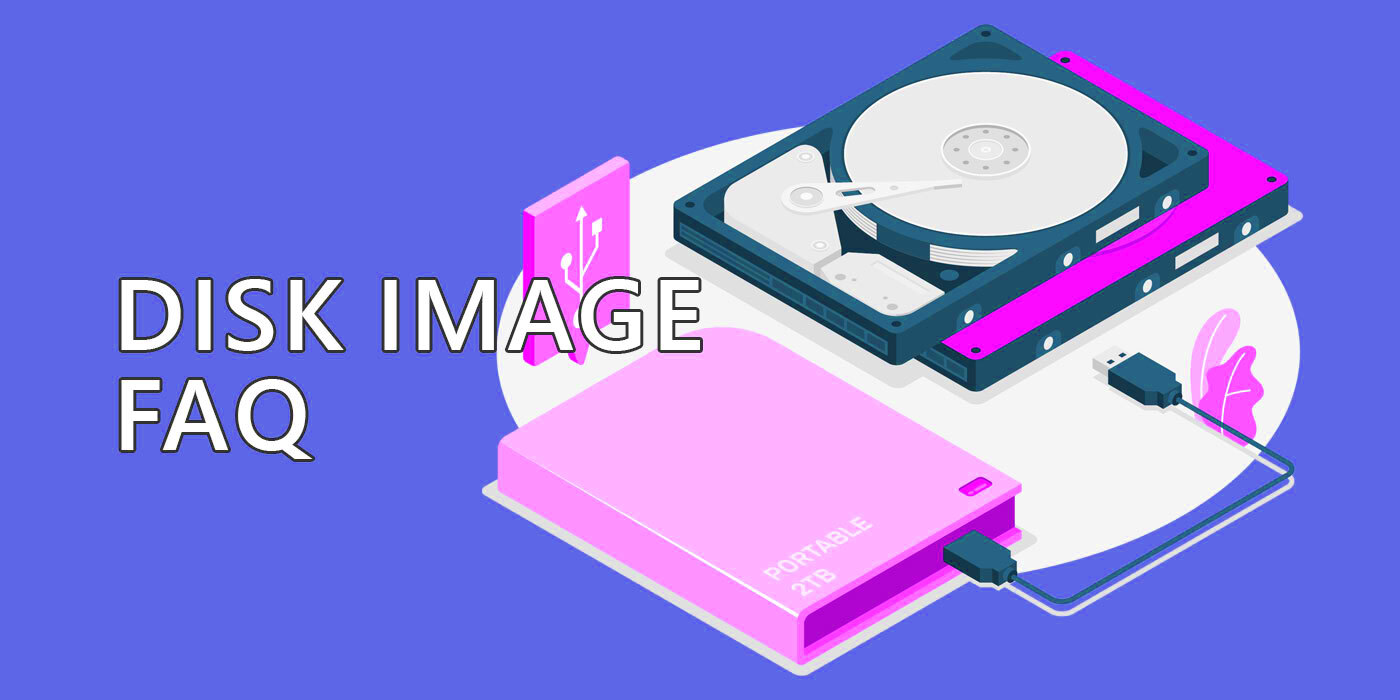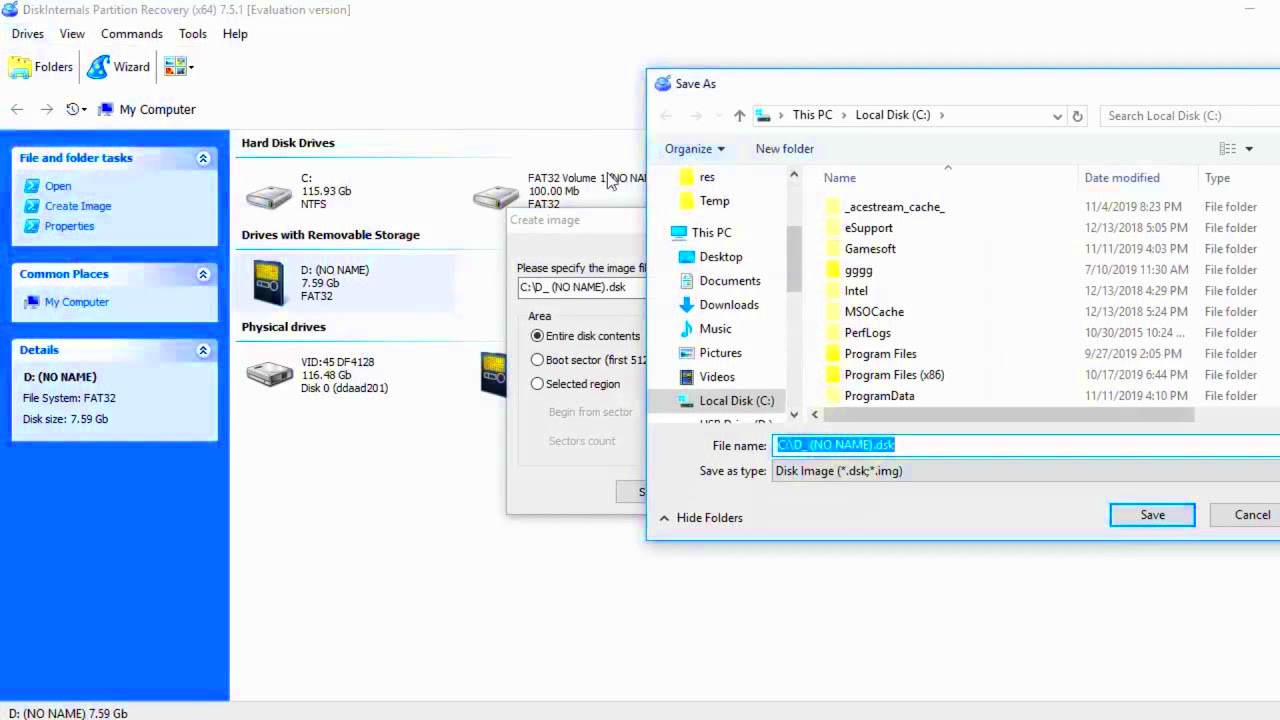In the real world of bits and bytes, disk images have become vital instruments, particularly to people who want to store their information or to replicate the contents of their disks precisely. To know all about them may be a lifesaver in case you ever wanted to make sure that your documents are safe from being lost or altered. Therefore the current piece suggests definitions of disk images as well as their important aspects together with instructions on how one may go about making them.
Understanding What a Disk Image Is

Disk images refer to files that have complete content and formation of a device for storing purposes such as hard disks, SSDs or will flash. It takes in everything existing within the disk including operating systems, installed programs, modifications made to settings as well as personal documents stored within it. These are some major features related to disk images:
- File Format: Disk images can come in various formats, including ISO, DMG, and IMG.
- Exact Copy: Creating a disk image means you have an exact copy of everything on the original disk, making it easy to restore or transfer data.
- Easy Backup: Disk images serve as a simple backup solution, allowing you to store your entire system in one file.
In summary, the disk image is similar to a momentary picture of your disk. When moving to another machine or ensuring the safety of the information, disk pictures have to be known.
Benefits of Creating Disk Images

Making disk images presents a lot of advantages, particularly when data safety and convenience are your main concerns. Some merits worth noting include:
- Data Protection: Disk images protect against data loss. If your original drive fails, you can restore everything from the image.
- System Migration: Moving to a new computer becomes easier with a disk image. You can transfer your entire system setup, including settings and applications.
- Quick Recovery: In the event of a crash, you can quickly restore your system to its previous state without having to reinstall everything.
- Version Control: You can keep multiple disk images from different times, allowing you to revert to earlier versions if needed.
- Efficient Storage: Disk images can be compressed, saving space while keeping your data intact.
In general, making disk images is a good decision for anyone who wants to protect their information and make their computer use easier.
Tools Needed for Disk Image Creation

Getting a disk image means you need to use particular instruments that can assist you in recording data from your hard drives with accuracy. Fortunately, there is diverse software that comes at no cost and is relatively easy to use. Below are some of the basic toolkits you may require:
- Backup Software: Programs like Macrium Reflect and Acronis True Image are popular choices. They offer robust features for creating disk images and ensuring data integrity.
- Operating System Utilities: Both Windows and macOS have built-in tools. Windows has the Backup and Restore feature, while macOS offers Disk Utility for creating images.
- Command Line Tools: For tech-savvy users, command-line tools such as
ddon Linux and macOS provide powerful options to create disk images directly from the terminal. - External Drives: Make sure you have a destination drive with enough storage space. An external hard drive is often the best choice for storing your disk images.
Before you commence with the disk imaging process, make sure that you have picked out the correct tools as per your technical expertise and requirements. The moment you acquire the appropriate software, you will effectively safeguard your data without much hustle.
Steps to Create a Disk Image on Different Operating Systems
The process of creating a disk image varies in slight details with the operating system that you are using. Below are some guidelines on how to go about it on Windows, macOS and Linux respectively:
Creating a Disk Image on Windows
- Open the Control Panel and select Backup and Restore (Windows 7).
- Choose Create a system image from the left sidebar.
- Select the destination for your image (external drive, DVDs, etc.) and click Next.
- Choose the drives you want to include and click Start backup.
Creating a Disk Image on macOS
- Open Disk Utility from Applications > Utilities.
- Select the drive you want to image from the sidebar.
- Click File > New Image > Image from “Your Drive”.
- Choose your settings and click Save.
Creating a Disk Image on Linux
- Open the terminal.
- Use the command
dd if=/dev/sdX of=/path/to/your/image.img bs=64K conv=noerror,sync, replacingsdXwith your drive identifier. - Wait for the process to finish, which may take some time depending on the size of the drive.
In case you need to backup or even transfer data, this is a step by step process that can help you create a disk image ready for that purpose.
Common Issues and Troubleshooting Tips
Even if making disk images is normally simple there could be issues you might face on the way to do this correctly. Given below are some problems and their solutions:
- Insufficient Storage Space: If you receive an error about storage space, ensure your destination drive has enough space for the disk image. Consider deleting unnecessary files or using a larger drive.
- Software Crashes: If the imaging software crashes, try updating the application or running it as an administrator. Sometimes, compatibility issues can also cause crashes.
- Corrupted Images: If you suspect your disk image is corrupted, verify its integrity using checksum tools. Most imaging software offers a validation feature as well.
- Permission Issues: On some operating systems, you may need administrator privileges to create a disk image. Make sure you have the necessary permissions.
- Slow Backup Process: If the process is taking longer than expected, ensure that the source drive is healthy and not fragmented. Defragmenting the drive can help speed up the process.
If you become aware of these frequent problems together with their solutions then the whole process of disk imaging will be able to run properly and smoother.
Best Practices for Disk Image Management
It is extremely important to manage disk images in the right way so that they don’t lose their usefulness and accuracy. A few best practices could support you to keep your pictures under control and secure your information. Some of the tips are as follows:
- Organize Your Images: Create a structured folder system for your disk images. Consider labeling folders by date or purpose, so you can easily locate them later.
- Regular Backups: Schedule regular backups to keep your disk images updated. Depending on how frequently you change your files, you might want to back up weekly or monthly.
- Use Descriptive Names: When saving disk images, use clear and descriptive names. Include the date and purpose (e.g.,
Backup_October_2024.img) to avoid confusion. - Verify Integrity: Periodically check your disk images for corruption. Many software tools offer verification features that can help ensure your data remains intact.
- Store in Multiple Locations: To prevent data loss, consider storing disk images in multiple locations. Use an external hard drive, cloud storage, or other devices for added safety.
These best practices can help you in upgrading the management of disk images as well as keeping your data safe and reachable at all times when needed by you.
Frequently Asked Questions
It’s not uncommon to feel some confusion about disk images, especially if you don’t know much about them. Here are a few questions that are often asked about these issues that will hopefully ease any worries regarding these everyday issues:
- What is the difference between a disk image and a backup? A disk image captures everything on a drive, including the operating system and applications, while a backup typically refers to just your personal files.
- Can I create a disk image of a running operating system? Yes, but it’s best to create the image when the system is not in use. This ensures data consistency.
- How long does it take to create a disk image? The time it takes depends on the size of the drive and the speed of your hardware. It can range from a few minutes to several hours.
- Is it safe to store disk images in the cloud? Yes, as long as you use reputable cloud storage providers with strong encryption and security measures in place.
- Can I restore a disk image to a different computer? Generally, yes, but hardware compatibility may cause issues. It’s best to restore to similar hardware to avoid problems.
Conclusion and Final Thoughts
It is very important in today's digital world to have the ability to create and manage disk images. Regardless of whether you are keeping important documents private or prepping up for a system migration, being able to create and maintain disk images can be quite reassuring. Following this guide's instructions along with some recommended solutions will help to guarantee that your information is permanently secured and readily available.
Do not forget that also routinely overseen disk images and verification will aid to avoid possible loss of data on files. The more technology advances, the more disk imaging tools and techniques you learn about will allow you to utilize your digital resources effectively. Therefore remove any hesitation in mind by just going ahead with the process of creating various types of disk images with different sizes today; this way you can ensure that they are safe from any kind or form of destruction!

 admin
admin








